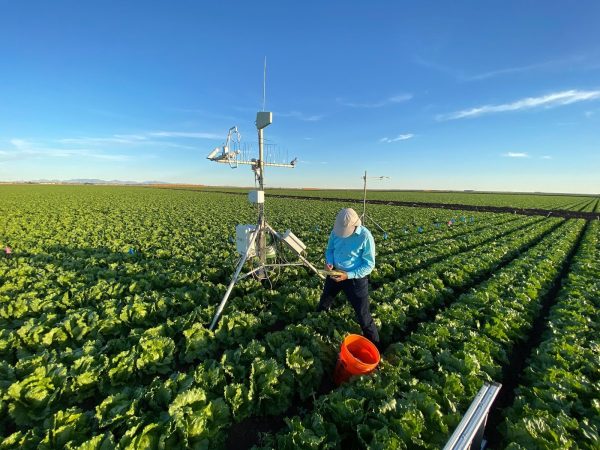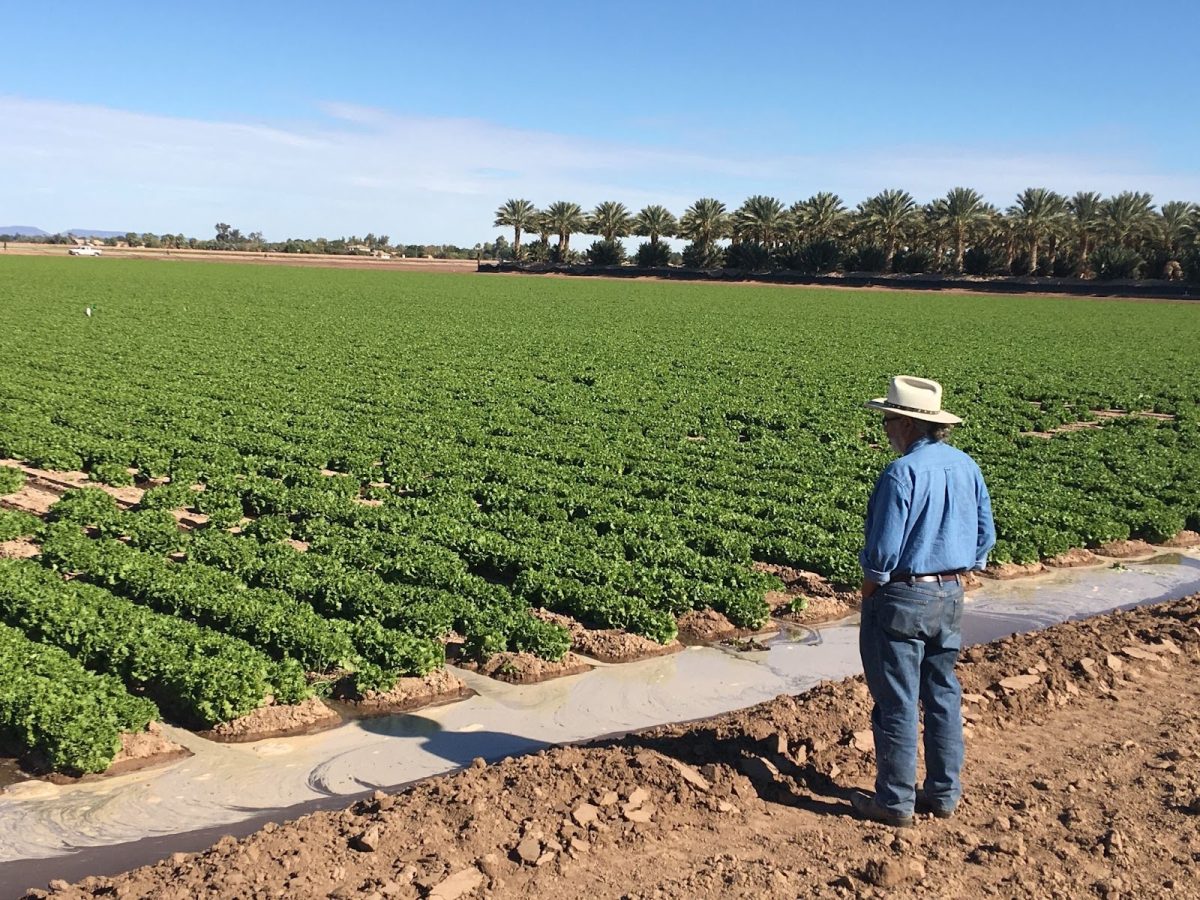It may be hard to be-leaf, but during the winter months, 90% of vegetables come from fields in Yuma, Arizona. With 230,000 acres of land used for agriculture, Yuma county ranks third in the nation for vegetable production, according to Visit Yuma. But with drought conditions and water shortages in the West, agriculture is at risk.
To help address these issues, researchers in Arizona evaluated water efficiency and salt balances for 14 common crop varieties in the Winter Lettuce capital, coordinated by the Yuma Center of Excellence for Desert Agriculture.
The study took place over seven years and the results were published in a paper in November 2023.
New technologies used for study findings
The findings were the first time in over 50 years that such a comprehensive study on the crops and practices were carried out, according to the paper. This was possible thanks to scientific advances in new technologies since that time.
This data was used to inform organizations like the U.S. Bureau of Reclamation for future water management decisions and NASA who “wished to improve irrigation science and remote sensing technologies,” according to the paper.
It was one of the most extensive use of eddy covariance technology, which measures crop evapotranspiration, that’s ever been done, according to co-principal investigator Andrew French. Another technology used was remote sensing through satellite data, which is now available freely at high resolutions.
Irrigation efficiencies were found to be at 80-90%, which is considered a high percentage for how efficiently water is being used for crops. A higher percentage means less water is being wasted during farming.
The findings addressed assumptions, like surface irrigation is always inefficient.
“The vegetable producers in Yuma are very efficient […] because they’ve manipulated the flows, and the field, distance and border width, all these things,” co-principal investigator Charles Sanchez said.
The role of salt for future sustainable agriculture
“Why are you using so much sprinkler irrigation? Why are you flooding bare soil fields in August in the hottest time of the year?” are some of the commonly asked questions for Yuma farming practices, according to French.
Evaluating salinity in Yuma fields helped answer these questions, revealing these practices were an essential part to maintain salt.

To quantify salinity levels, researchers calculated leaching fractions. Leaching is a process that helps prevent salt accumulation when water passes through the soils. High salt content can lead to wasted water, stunted plant growth and nutrient deficiencies.
Measuring salinity levels was important, as the recorded measurements predicted that there will be less runoff into the Colorado River system, the Yuma crops’ source of water, due to the effects of climate change. This may result in higher salt concentrations.
A related factor to salinity was the practice of fallow where farmers do not use the land for one or more seasons. This agricultural practice is often the result of water cutbacks. It was found that fallowing increased salinity levels.
Leaching fractions were found to be generally below 20%, which fails to meet what is typically required for salt balance.
From this data, it was recommended for growers to continue to defer leaching to pre-irrigation in off-cropping seasons which increases efficiency and pesticide management.
“Flooding and the pre-irrigation is an essential part of the activity to maintain the salt levels, restore soil moisture levels for the fall cropping season and not unnecessarily leach nutrients,” French said.
Development of an app for future crop sustainability
The data set from this study is also currently being used to create an app to track water and salt balance for farm owners and other growers to maintain sustainability.
“[The app] tracks water use, tells them when to irrigate and keeps track of their salt balance and lets them know when they have to manage those salts,” Sanchez said.
The app is still in its early stages, but growers can now create an account and put in information such as the boundaries of the fields they are managing to control their irrigation and soil salinity. It offers remote sensing with satellite data for near real time images of fields.
The app aims to estimate figures like how much water is needed for the season and how much additional water is needed to maintain salt balances. Though it is primarily focused on Yuma, developers hope it could expand to other parts of Arizona in the future.
“The idea would be to improve your water and salt management by tracking water over multiple years instead of start to season to end of season [and …] keep a checkbook balance of your water use throughout the entire year and then carry that over,” French said.
The future of the Colorado River supply
Water availability is arguably the one of the biggest challenges facing Arizona right now, with the Southwest currently facing a megadrought and cuts to the Colorado River supply.
Evaluating current water efficiency and soil salinity levels in Yuma is an essential component of maintaining the affordability of food and continuing our standard of living, stakeholder of the study and General Manager of the Yuma County Water Users’ Association Tom Davis said.
“Farming is just a manufacturing business. It’s just like manufacturing cars or computer chips or shoes or widgets,” Davis said. “We manufacture food and we use sunlight, water, soil, nutrients and genetically improved varieties to produce food for the world. The cheaper we can manufacture that food, the cheaper we can keep that food.”
Though vegetable crops historically make up less than “10% of the consumptive use of agriculture,” according to the study, the researchers argued all water users must “do their part.”
“I’m just one person working in one area. A solution is going to take a lot from a lot of disciplines,” Sanchez said.
Follow the Daily Wildcat on Instagram and Twitter/X









